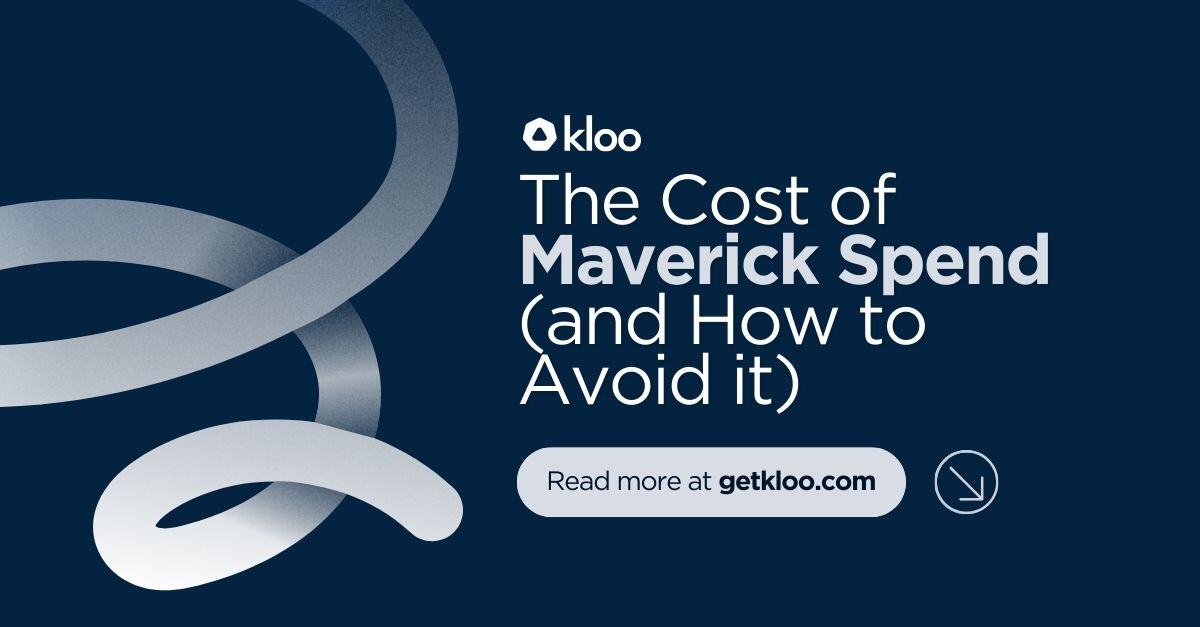Implementing a PO System: A Buyer's Guide
A purchase order (PO) process is a crucial tool for businesses, providing greater financial control, better visibility of spend, and improved financial predictions. By automating and streamlining the procurement process, a PO system helps businesses manage their expenses more effectively, ensuring that every purchase is requested, approved, and tracked. This not only prevents overspending but also provides valuable insights into spending patterns, enabling more accurate budgeting and forecasting. Implementing a PO system can transform a company’s financial management, but it's important to be aware of the common challenges that can arise during implementation.
Common Challenges Implementing a PO System
-
Lack of Employee Buy-In: Employees may find the new processes too difficult or time-consuming, leading them to either spend without using POs or to raise POs after they have already committed to the spend. This defeats the purpose of the system and can lead to unauthorised expenses.
-
Approval Bottlenecks: When approvals are required at multiple levels, the process can become slow and cumbersome. This delay can hinder operations, leading to frustration among employees and potential delays in procurement.
-
Resistance to Change: Employees may resist the new system due to comfort with the old processes. This resistance can slow down the implementation process and affect the overall efficiency of the new system.
What to Look for in a PO System
-
Great User Experience
A PO system must be user-friendly, requiring as few clicks as possible and being intuitive enough that employees can use it without extensive training. This ease of use is essential for encouraging adoption and ensuring that employees follow the new processes.
-
Integration with Existing Systems
The PO system should seamlessly integrate with your accounting and finance system (ERP) as well as the system managing receiving, matching, and paying invoices. Since POs and invoices are closely connected, it is ideal to have one Accounts Payable (AP) system that covers the entire process from purchase requisition to payment.
-
Conditional Approval Workflows
Tailored approval workflows for POs are critical for efficiency. For instance, in a large company, having the head of the department approve every expense could lead to bottlenecks. Instead, workflows should be based on factors like price, department, and location, ensuring that only the necessary individuals are involved in the approval process.
-
Email-Integrated Approval
Approvers should be able to review, approve, or reject spend directly from their email inbox. This integration simplifies the approval process and ensures timely approvals, reducing delays and improving efficiency.
-
Reporting and Analytics
Comprehensive reporting dashboards allow finance teams to monitor and ensure the PO system is functioning smoothly. Analytics can highlight consistently slow approvers, prompting finance teams to investigate and address potential issues, such as an approver being involved in too many workflows.
-
Automatic PO Generation
Once the workflow is complete, the PO should be automatically generated. This automation reduces manual work and ensures that POs are issued promptly, maintaining the flow of the procurement process.
The Bottom Line
The power of a great purchase requisition and PO system lies in its ability to provide financial control, visibility, and predictive power. By choosing a system with excellent user experience, robust integration capabilities, tailored approval workflows, email-integrated approvals, detailed reporting and analytics, and automatic PO generation, businesses can streamline their procurement processes and enhance overall efficiency. Investing in a well-designed PO system is a step towards better financial management and operational success for your purchase order process.
To explore more of Kloo's automated solution for purchase orders, check out our Purchasing Copilot product page.
Let's get started

